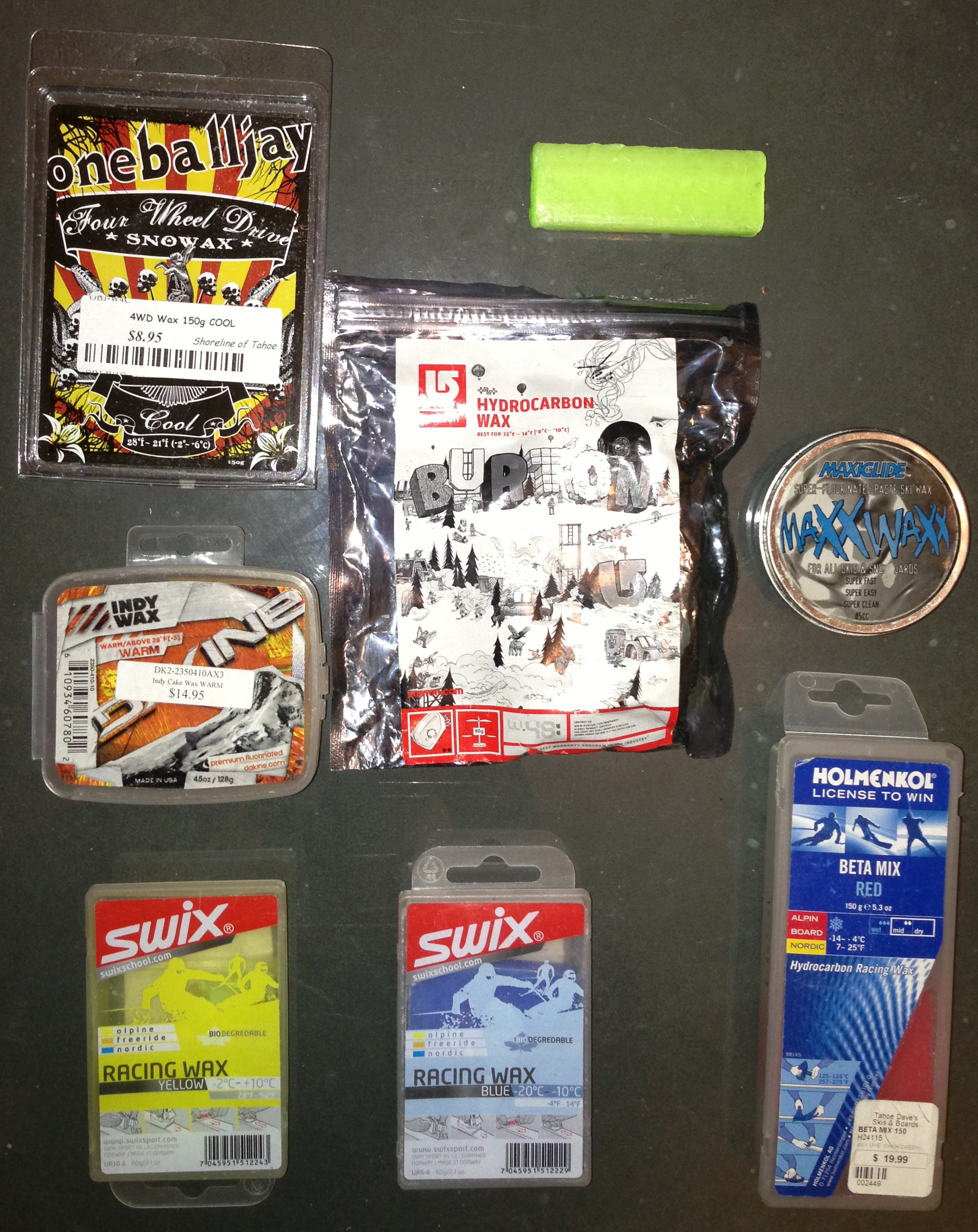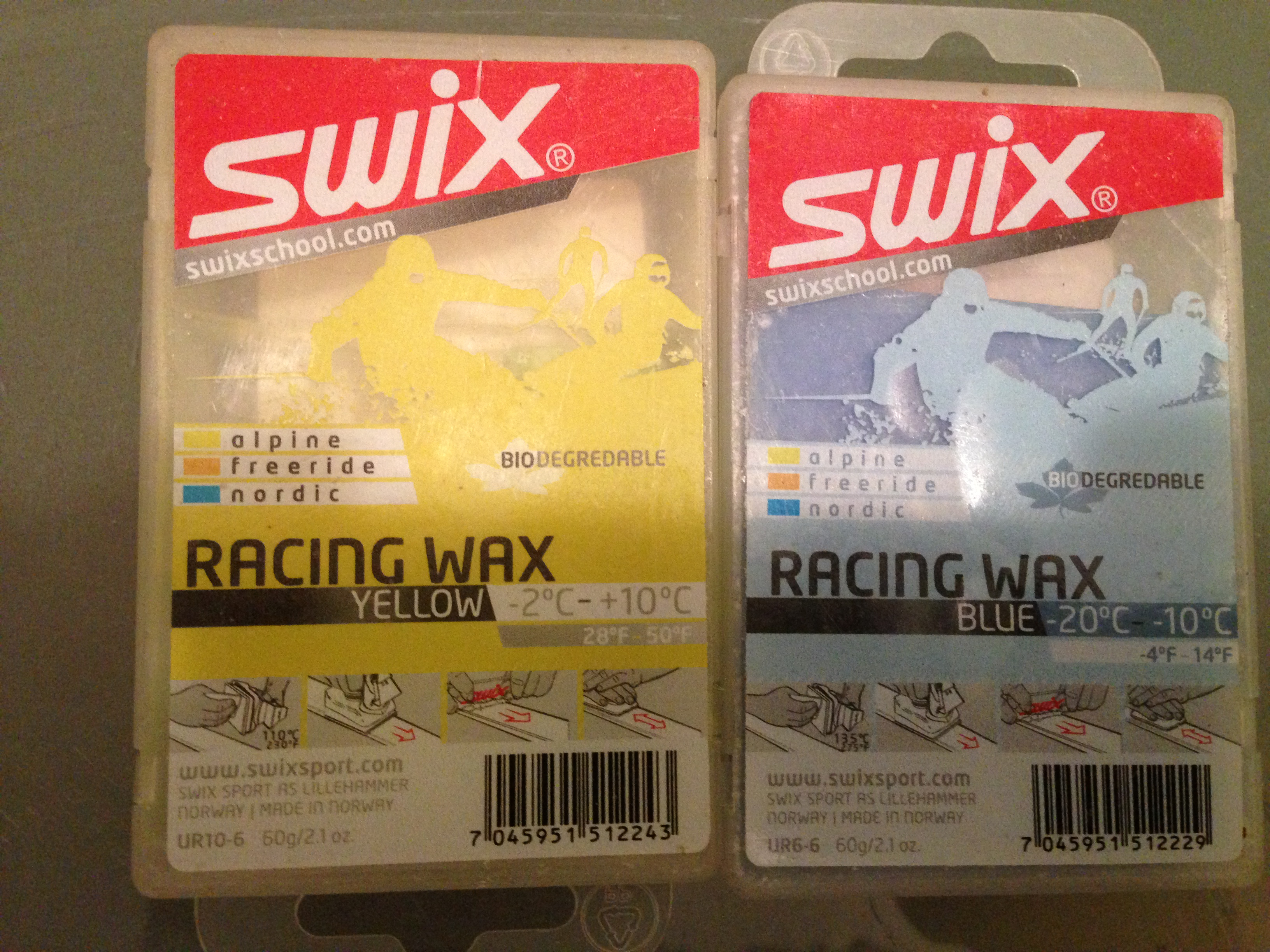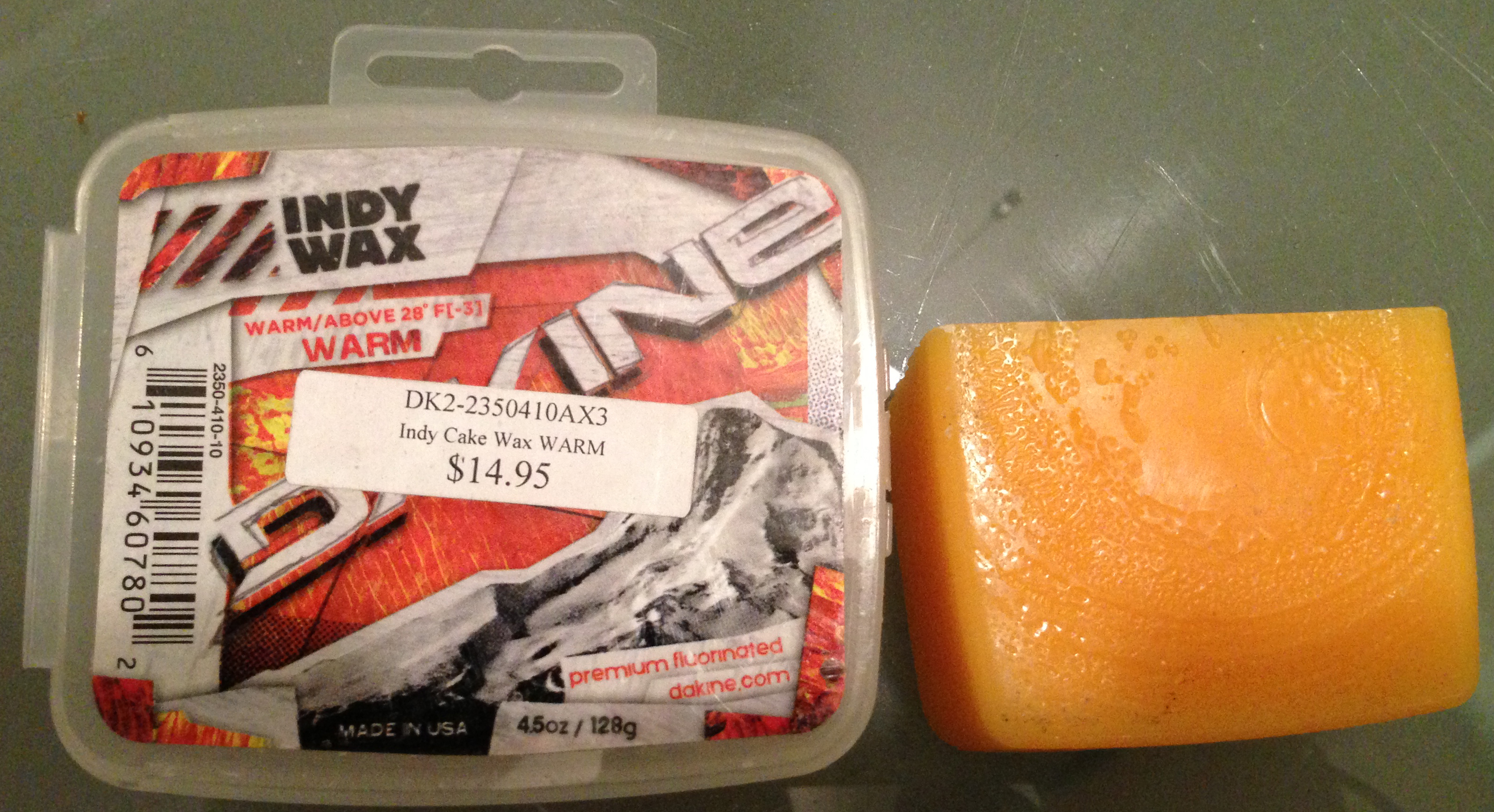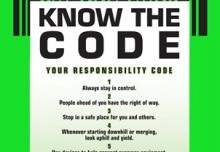This article covers methods to tuning your edges and/or base, waxing, and making repairs to your board.
IMPORTANT: CHECK YOUR EQUIPMENT REGULARLY TO MAKE SURE THE SCREWS ARE TIGHT!!!
Failure to do so can result in a season ending injury, or worse! I usually check the screws on my base plate every 3-5 days of riding and I ALWAYS CARRY A TOOL on me when riding. This will save your day. I know, because carrying a tool on me has saved not only my day but many a friends’ days!
Take this scenario: You’re at the top of the mountain with no way down but black diamond runs and your friend’s binding has come too loose for them to ride because their control will be so badly diminished due to the loose screws that they would be running a huge risk of injury to do much more than heel slide their way down the mountain. That sucks and takes forever…both you and your friend are now buzzkilled by your friend’s equipment failure…but not if you have your tool on you!!! Tighten the screws and both of you are having fun again in no time!
If a binding comes loose when you’re on the mountain, you need to fix it right away. You’ll know if this is the case if, once strapped in, you try to move your toes & heels left and right. If the bindings have any play in them, you need to tighten the screws on your base plate.
Ideally, you should do this test by making sure your bindings are tight by hand before you go onto the mountain, tightening any screws that have loosened while riding. Do a quick check of the rest of the moving parts on your bindings, too. You may find something like other loose screws, a partially torn strap that could fail on the mountain (this can be disastrous), a piece missing from your high back, a cracked piece of plastic, padding that is delaminating, and other things that require maintenance. I have personally avoided potential season enders by spotting the broken high back, the partially torn saw tooth side of my upper strap once and lower strap once, and loose screws many times over.
The torsional force you put on your bindings when riding works the base plate screws loose over time. Remember, these aren’t machine tightened screws, like on a car. In almost all cases, snowboard bindings are screwed on by hand, not with power tools. In most of those cases, YOU screwed your bindings onto your board youself! If someone else put your bindings on your board, it is time for you to learn how to do it yourself. Knowing how to set up your bindings for conditions and different riding styles is crucial to how great your day can be!
(I cover how to set up your bindings for various conditions and styles in this article.)
To recap:
- Carry a tool at all times
- Check your base screws & other parts on your binding every 3-5 days of riding
****************************************
STEP 1: TUNING YOUR EDGES & BASE GRINDING
A) EDGE TUNING
How’s that heel edge treating you? Feel a bit skittish when you’re attempting to hold that edge?? Maybe you’ve been doing too much slip sliding across snow sharks (rocks) and scuffed your edges up, eh???
If you feel a bit squirly and are having a hard time staying on an edge without feeling a shimmy on your board, it’s time for an edge tune. (NOTE: This is a similar sensation to what you feel when you are driving a car that needs an alignment and the steering wheel is shimmying/shaking.)
Tuning your edges is an easy to perform task. There are several ways to have your edges tuned, but the most common are these:
- Pocket Edge Tuner – This is a must own. They are inexpensive, last a long time and fit right in your pocket! This tool is great because you can give the edges a 90º bevel, good for beginner-intermediates; or use the 88º bevel for a more progressive cut on the edges. Generally, this can go into your home tuning kit since you’ll tune your board between days on the mountain.
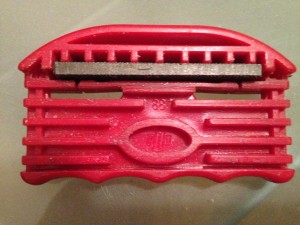
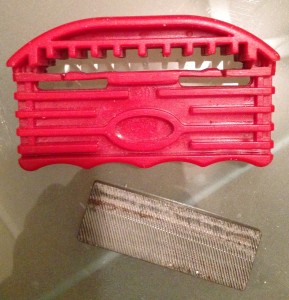
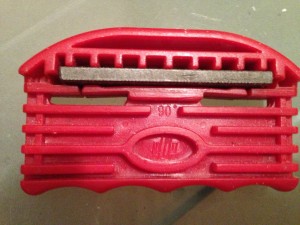
2. Belt Sander – This is the same good old belt sander that’s been around forever…two wheels turning with a loop of sandpaper around them! This is a good way to tune your edges if and only it your board is in the hands of a professional.


3. Professional Edge Tuning Machine – This machine actually takes your board through a precisely tuned platform that sharpens both edges simultaneously. Depending on the conditions of your edges prior the tune up, the result is generally edges that are like new. If you’ve really trashed your edges and have bad gouging, this is the type of tune of you should have done to your board. The Trimjet (right) is an example of the this.1
The remaining pics are of Ben Harmon back in the day while at his Sentury Snowboards factory in Reno, NV., since acquired by Voile. He is a highly skilled craftsman and to be able to hand grind finished edges on a brand new snowboard with his kind of precision takes years to master. Don’t try that at home, you’ll screw your edges up, maybe for good!
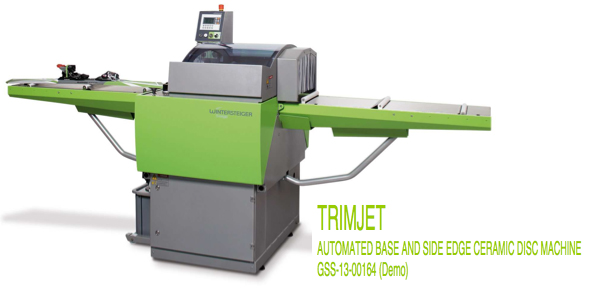
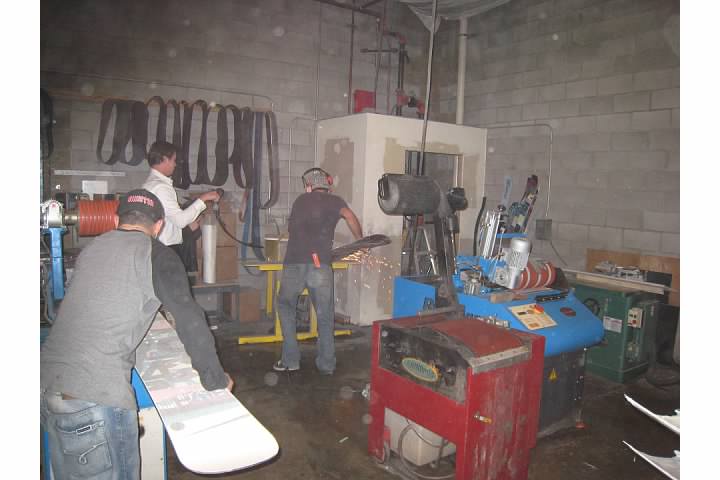

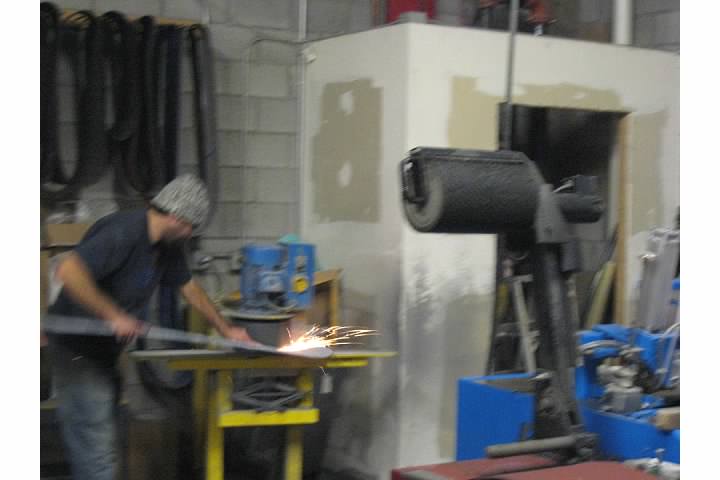
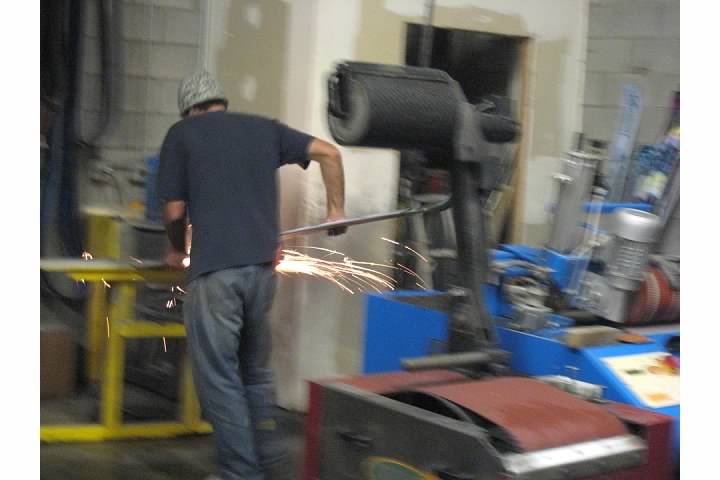

STEP 2: WAXING YOUR BOARD
Are you nearly going over the nose of your board on slushy snow? Or how about if it’s cold out and your wax is gripping too much to the snow, making traversing or riding through flat sections and cat trails tough to do without taking a foot out? If either of these things have happened to you that means you have the wrong wax on your snowboard for the current conditions…or no wax at all! You need to wax your board for the temperature and snow conditions, utilizing the proper wax for the current conditions. Having the wrong wax on your base can ruin your day and even cause you to have a fall.
There are many kinds of wax out there, but I will cover the most common waxes used by boarders on mountain and at home preparing for the day:
Rub On Wax: Generally only good for a run or two then it’s gone; however, I always carry a tin of this because it’s lightweight, fits easily in a jacket pocket, and has bailed me out many times when you start sticking. Rub on is typically all-temp wax, so it’s really for when you’re board is bone dry and you’re grabbing too much.
Spray on Wax
1www.wintersteiger.com/us/Sports/Machines/Used-Machines

